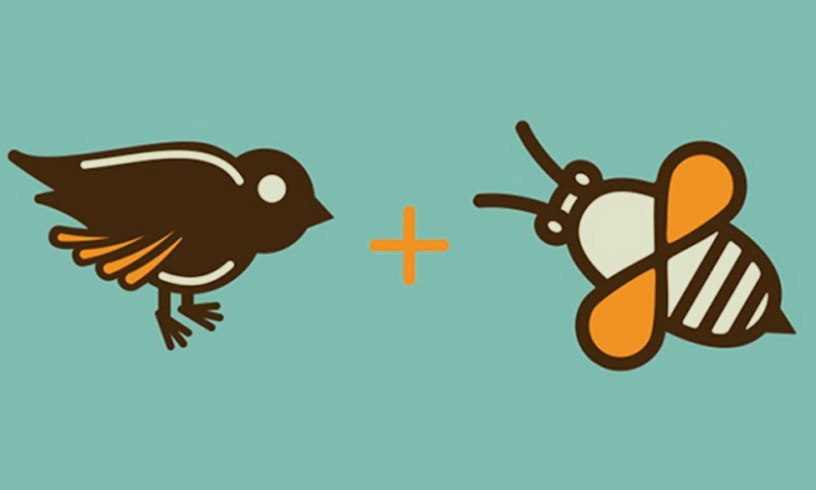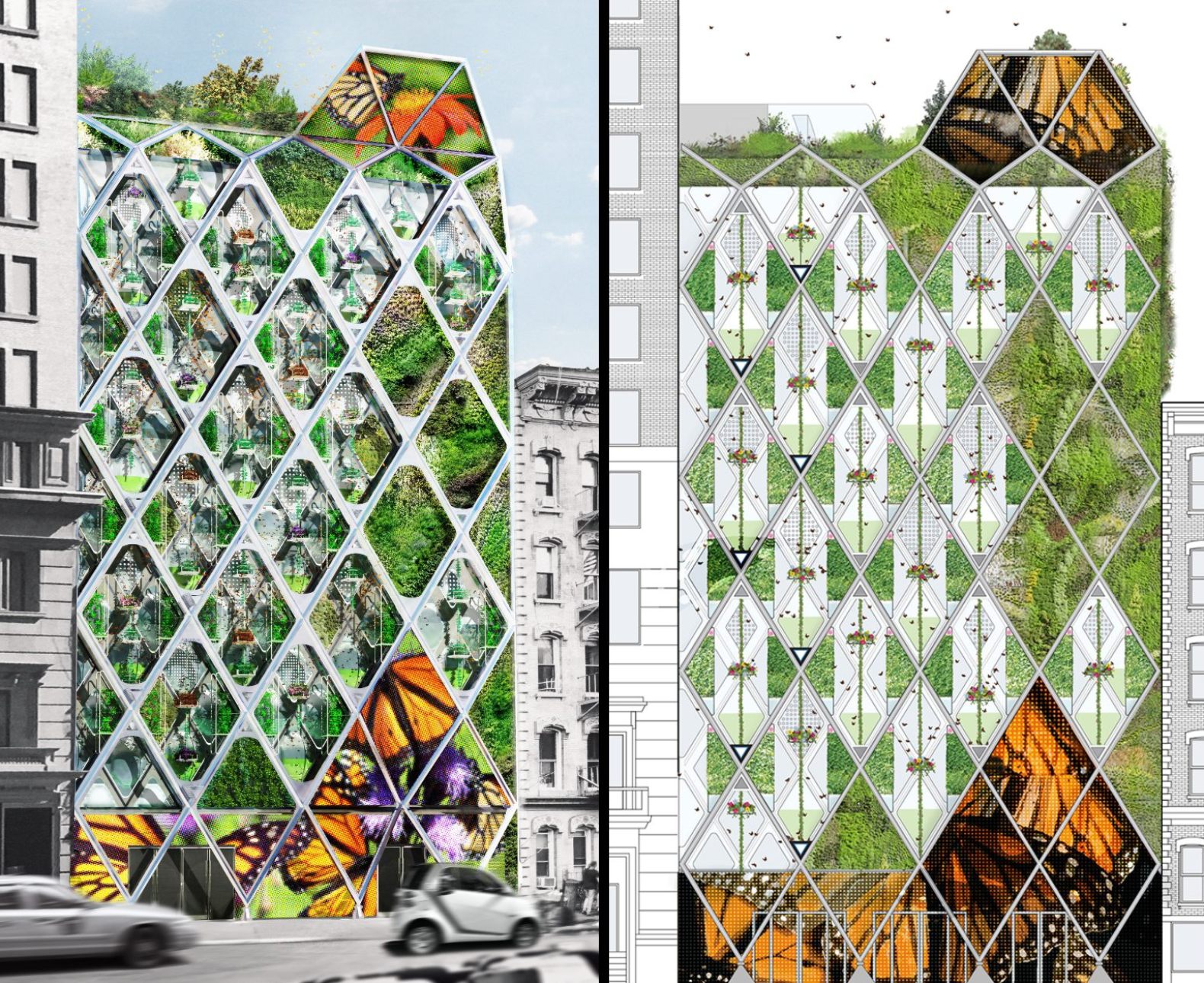
The Duke of Data and Director of the City Program at Simon Fraser University took to twitter on the ultimate quest. Andy Yan was looking for seeds for a bumble bee garden and asked the twitterverse where to find them. He got good advice~checking out the famous Figaro’s on Commercial Drive, or try to find West Coast Seeds (which has a bumble bee mix of seeds) online. Trouble is everyone else has the same idea, and West Coast Seeds now has a 30 day delay in fulfilling orders.
You don’t need a yard or a big space if you want to plant seeds that can make a difference to bird and bug life, and give you a chance to watch plants grow. Container gardens, wall gardens, and pots on rooftops and balconies can make a real difference to bees and butterflies looking for food and habitat. Bees love calendula, borage and bergamot, all which can be planted by seed. Milkweed, zinnias and verbina make butterflies happy.
Monarch butterflies are unusual in that they are the only butterfly that does a two way migration, leaving in the colder weather to go south to California or Mexico. They used to be more populous on the coast, and are rarely seen today.
There’s an interesting exhibit right now at Smithsonian’s design museum in New York City which is a “vertical meadow” for Monarch butterflies. It is a planted facade that will cover one entire wall with a cavity that contains plants to nurture butterflies through their entire lifecycle. Those plants include milkweed vines and flowering plants.

On the west coast one conservation group estimates that there is a 97 percent decline in monarch butterflies in the last forty years.
Why? Sure extreme weather plays a part, but disappearing habitat through development and the use of crop pesticides also has contributed. But the most vital thing needed is milkweed, for laying eggs and feeding caterpillars. That is where planting those seeds in small city spaces is so vital.
“Urban areas have great potential for pollinator habitat,” said Katie-Lyn Bunney, education coordinator for the Monarch Joint Venture, an American partnership of over 70 federal and state agencies, environmental groups, and universities. “Every stem adds up, so by planting even small gardens, urban areas can have great collective impact.”

Here’s an interesting YouTube video that describes some of the best plants for bees and butterflies. The video describes how small community gardens, despite their small plot sizes, really boost up the habitat for bees and butterflies by allowing some weeds (including buttercups) that are perfect forage for these insects.












Monsanto Round-Up Ready herbicide kills milkweed and is almost certainly the leading cause of the demise of the Monarch Butterfly. Also increased carbon dioxide levels in the air—a side effect of decades of deforestation and fossil-fuel burning—leads milkweed to harbor more Ophryocystis elektroscirrha parasites, which cause the butterflies to develop misshapen wings”, as per Newsweek Magazine.